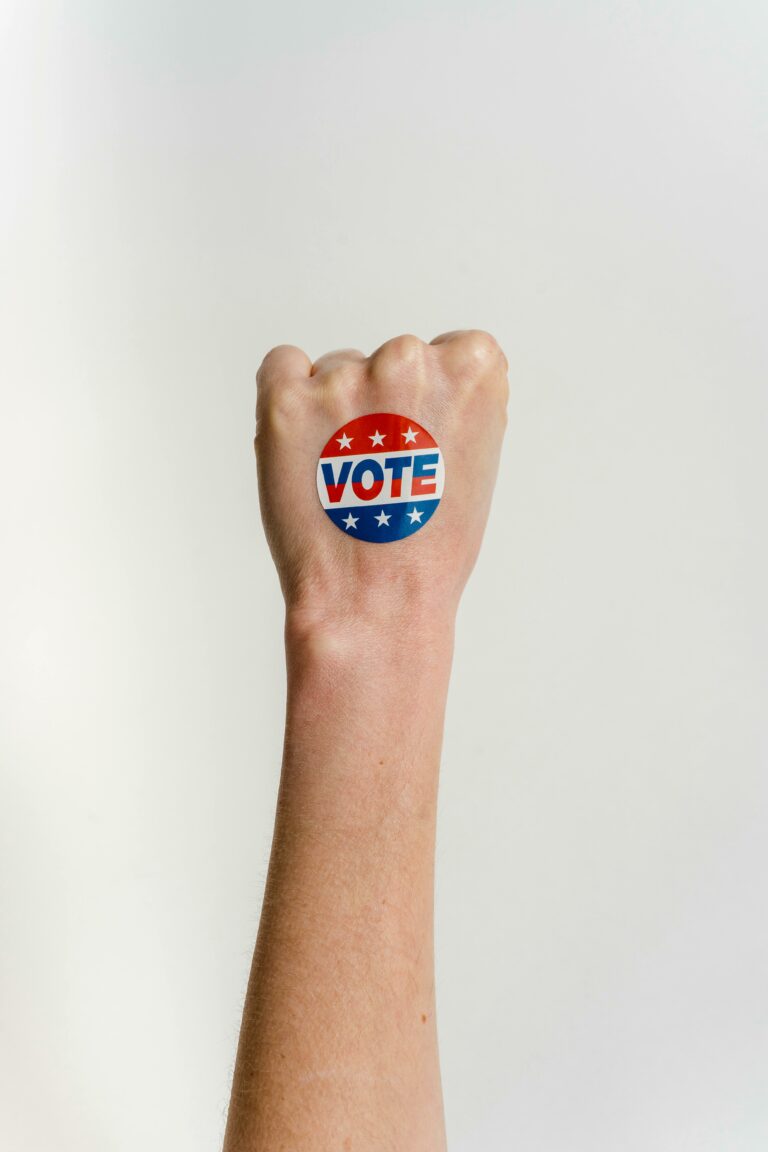Addressing Voter Apathy Through Interactive and Engaging Voter Education Materials at Polling Booths
laser book 247.com, silver exchange login password, 11xplay pro login:Addressing Voter Apathy Through Interactive and Engaging Voter Education Materials at Polling Booths
Voter apathy is a significant issue that plagues democracies around the world. People often feel disconnected from the political process, believing that their vote does not make a difference. This can lead to low voter turnout, which undermines the very essence of democracy. However, there are ways to combat this apathy and encourage more people to participate in the electoral process.
One effective way to address voter apathy is through interactive and engaging voter education materials at polling booths. By providing voters with easily accessible information about candidates, political parties, and important issues, we can empower them to make informed decisions when casting their ballots. These materials can take many forms, such as pamphlets, videos, interactive displays, and more, all designed to educate and engage voters in a meaningful way.
Why is voter education important?
Voter education is crucial for a vibrant and healthy democracy. When voters are well-informed about the issues and candidates, they are more likely to make thoughtful decisions at the polls. Education also helps to combat misinformation and disinformation, which can distort public discourse and erode trust in the electoral process. By providing clear and accurate information to voters, we can promote a more engaged and active citizenry.
The power of interactive and engaging materials
Interactive and engaging materials have the potential to capture the attention of voters in a way that traditional methods cannot. By incorporating elements such as multimedia, gamification, and interactivity, these materials can make learning about politics and the electoral process more enjoyable and accessible. For example, a video explaining the positions of different candidates on key issues can be more engaging than a static text-based pamphlet.
Interactive displays that allow voters to explore information at their own pace can also be effective in educating voters. By providing interactive maps, charts, and infographics, voters can visually see the impact of candidates’ policies on their communities. This hands-on approach to learning can help voters better understand complex issues and make more informed choices on election day.
The role of technology in voter education
Technology plays a crucial role in modernizing voter education efforts. By leveraging digital tools such as websites, social media, and mobile apps, we can reach a broader audience and engage voters in new and innovative ways. For example, a mobile app that provides personalized voter guides based on a user’s location and interests can make it easier for voters to access relevant information.
Social media platforms can also be powerful tools for voter education, allowing for real-time updates on election results, candidate profiles, and voter turnout. By creating engaging social media content, we can reach younger voters who may be more active on these platforms.
How to implement interactive voter education materials at polling booths
Implementing interactive voter education materials at polling booths requires careful planning and execution. Here are some tips for creating effective materials that engage and educate voters:
1. Identify key issues: Before creating any materials, it is essential to identify the key issues that voters care about. This could include topics such as healthcare, education, the economy, and the environment. By focusing on these issues, you can create materials that are relevant and timely.
2. Collaborate with experts: Work with political scientists, educators, and communications professionals to develop accurate and engaging content. These experts can help ensure that the materials are informative, unbiased, and accessible to a wide audience.
3. Use a variety of formats: Mix and match different formats, such as videos, infographics, quizzes, and games, to keep voters engaged. Be sure to make the materials visually appealing and easy to understand, regardless of a voter’s level of education.
4. Provide clear instructions: Make sure that voters know how to access and interact with the materials at polling booths. This could involve providing step-by-step instructions, creating signage, or assigning staff to assist voters as needed.
5. Collect feedback: After the election, gather feedback from voters on the effectiveness of the materials. This could include surveys, focus groups, or interviews. Use this feedback to improve future voter education efforts and tailor materials to better meet the needs of voters.
6. Share results: Share the results of the voter education campaign with the public, including data on voter engagement, turnout, and satisfaction. This transparency can help build trust in the electoral process and demonstrate the impact of the materials on voter behavior.
By implementing interactive and engaging voter education materials at polling booths, we can help combat voter apathy and empower voters to participate fully in the democratic process. By providing voters with the information they need to make informed decisions, we can create a more engaged and active citizenry that values the importance of voting.
FAQs
Q: How can voter education materials be made accessible to all voters, including those with disabilities?
A: Voter education materials should be designed with accessibility in mind, such as providing materials in multiple formats (e.g., large print, braille, audio), ensuring that electronic materials are screen reader compatible, and offering assistance to voters with disabilities as needed.
Q: Are there any legal requirements for voter education materials at polling booths?
A: Legal requirements for voter education materials vary by jurisdiction, so it is essential to consult with local election officials to ensure compliance with relevant laws and regulations.
Q: How can voter education efforts be tailored to reach younger voters?
A: To reach younger voters, consider using social media platforms, creating interactive games or quizzes, partnering with schools and universities, and collaborating with youth organizations to promote voter education.







